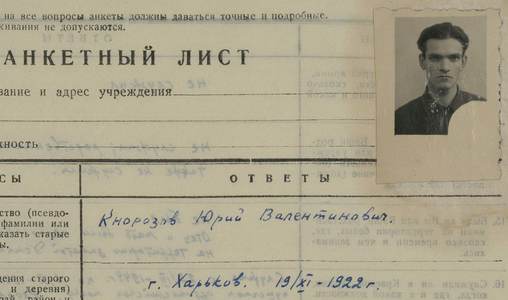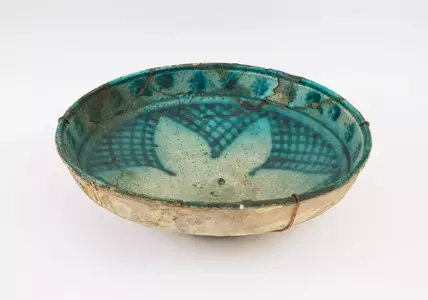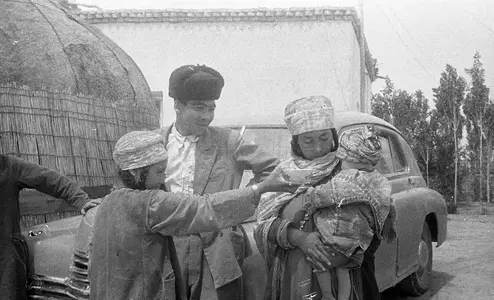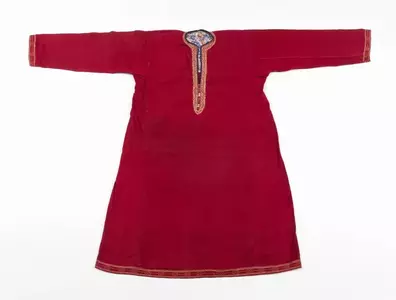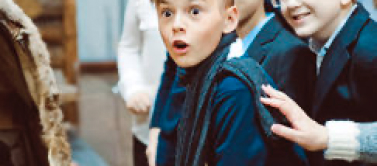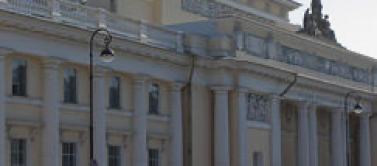Yuri Knorozov’s collections
Yuri Valentinovich Knorozov (1922-1999), ethnographer, historian, linguist, and epigraphist, worked at the State Museum of Ethnography of the Peoples of the USSR from 1949 till 1953. It was in that period that he made an epoch-making discovery by deciphering the Maya writing. In the history of the Russian Museum of Ethnography, the post-war recovery period was extremely strained, requiring full commitment from the personnel.
As a member of the Museum’s collective, Yuri Knorozov made a great contribution to handling urgent tasks: providing security of hundreds of exhibits, taking inventory and description of the Museum’s valuables, archival arrangement, building of temporary exhibitions and installments, making up ethnographic collections, lecturing etc. In 1951 Knorozov, together with the museum’s researchers A. S. Morozova and S. M. Leykina, participated in the expedition sent to the Turkmen USSR to collect objects of traditional and contemporary culture of that republic’s population. It was planned to display these objects at the new exposition “The Turkmens in the 19th and 20th Centuries.” Knorozov worked in collective farms of Kony-Urgench District, Dashoguz Oblast among the Turkmens of the Yamoud tribe.
He made up a collection of 22 items of contemporary artifacts (РЭМ № 6620). Among them, of the highest value as an integrated package is the women’s costume comprising a composite headgear (taqiya, forehead band, headscarf, head band), a dress, trousers, and footwear. The headgear had retained its traditional features, while the décor of the dress and trousers showed innovations: the ornament of their embroidery received into itself features of the embroidering art of two Turkmen tribes, Teke and Yamoud. As Knorozov indicated in the collection list, this style became widespread as common for all the Turkmens. The domestic and farm ceramic utensils acquired by Knorozov were made by Uzbeks of Khorezm. As the Turkmens did not make pottery, they had purchased ceramic vessels from their sedentary neighbors since the earliest times. Knorozov made the photo collection (РЭМ № 8794) at The Eighth of March cotton collective farm. It was headed by Boyar Ovezov, Hero of Socialist Labor, a legendary farm chairman at that time who made his farm a leading one.
The subject area of this collection was in line with the expedition’s principal mission to show the progressive development of the Soviet Turkmenia. The photos show model streets of the settlement, the collective farm’s agricultural lands, foremost collective farm laborers, new life of collective farmers, and in particular motor cars owned by them. The collections of Yuri Knorozov have continued importance for studies of the Turkmens’ domestic culture of the mid-20th century. Currently, two items of his acquisitions can be seen at the RME exhibition “The Peoples of Central Asia and Kazakhstan” – they are women’s boots as part of the Turkmen women’s costume and the butter churning vessel in the scene “Potter’s Workshop.”

